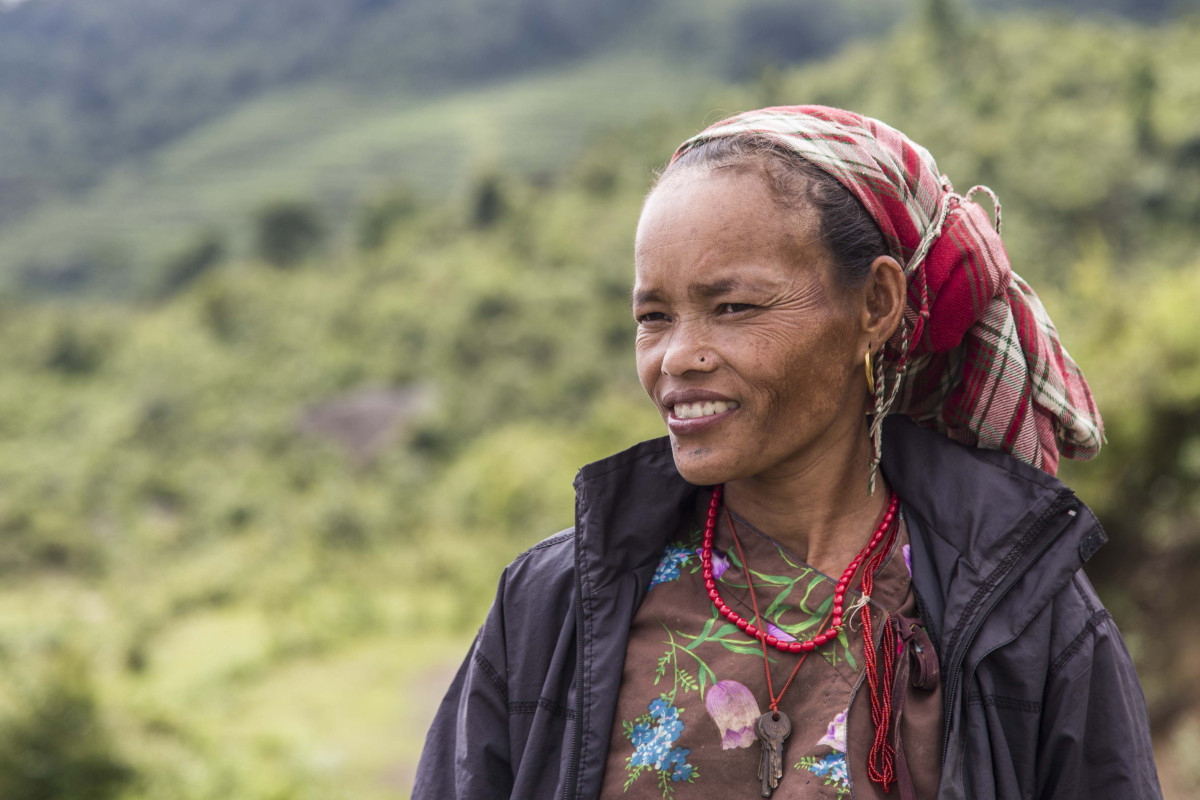False promises: 12 000 Nepalese girls are trafficked for sex work every year
Published: Jul 28, 2017 Reading time: 4 minutes Share: Share an articleWhen an earthquake knocked down Bipana Lama’s house in a remote village in Nepal’s Sindhupalchok district, it wasn’t just shelter she had to worry about. The 2015 earthquakes triggered a landslide that threatened the safety of the whole village of Lidhi. “So we left our village and settled in this area since it felt safer here,” the 29-year-old mother says of the camp for internally displaced people she has lived for over two years.

Life in the camp is tough. Besides living in a temporary shelter, many families have to share a few toilets and there are no private places to bathe. Lama says this made the women in the camp feel uncomfortable. But there are even bigger risks for Lama and her neighbours. The turmoil caused by the economic fallout of natural disasters like the earthquake and prolonged displacement can lead to negative coping mechanisms like substance use, domestic violence, and human trafficking. The loss of agricultural fields and livelihoods or the death of a family’s earner can lead families to accept risky offers of employment in the capital or abroad, or false promises of a better life in “children’s homes,” that often actually amount to trafficking.
Natural disasters and poverty as a chance for traffickers
A recently released Trafficking in Persons Report covering 2015/16 (the year after the earthquake) by Nepal’s National Human Rights Commission estimates 23,200 trafficking victims in that fiscal year, though just 212 cases were registered. The report says the trafficking takes a wide variety of forms from smuggling to China for forced sex, to Afghanistan for work as security guards, to South Korea and China for marriage. The report also says the number of children reported missing in earthquake-hit districts increased by 40.5% from the year before the quake, to the year after.
Trafficking has been a problem in Nepal since long before the earthquake. Though numbers are incredibly hard to verify, advocates estimate somewhere around 12,000 women and girls are trafficked across the border to India for sex work every year. Sindhupalchowk, the district where Lama lives and an area badly affected by the 2015 earthquake, has been a trafficking hub for years. Nepal’s economy has also long been deeply dependent on money sent home from workers abroad (around 30% of the country’s GDP). These foreign workers propel the domestic economy, but also often work in exploitive conditions and are duped into different work or withheld salary. Though Nepal has put laws in place prohibiting young women from taking certain jobs abroad, like as housemaids, because of the high risks, traffickers are skilled at changing ages on documents, or moving women over the open border at India to avoid detection. Families deep in poverty after the quake may decide the chance to earn decent money are worth these risks.
Safety first
Bipana Lama is part of a Safety Committee at her campsite that is becoming trained to recognize and respond to safety concerns within their community. Through People in Need’s Her Safety project, Lama and her fellow Committee members receive training on topics like gender-based violence, trafficking and safe migration. They learn the relevant laws in Nepal, and how to contact the authorities or involved agencies for help. Other training cover topics important to displaced populations, like emotional wellbeing, and land rights advocacy. “This training is good and helpful for us. Every time you come with new topics and we are happy to learn new things,” says 65-year-old Selmaya Tamang.
The UK Aid funded project supports 28 different Safety Committees at displacement sites across four districts of Nepal. The Committees also receive small cash grants to make improvements to security in their camps. Lama shows off the two new bathrooms her Kharigaun Safety Committee built so women in the camp can now bathe in privacy. Lama says she and the other women didn’t think they could do this kind of labour before, having never tried it. But when they got the cash grant, they carried the rocks and broke the stones themselves to use the money as effectively as possible, and build a water tap and water tank too.
“Now I learnt that women can do things on their own, and they don’t have to be dependent upon men all the time.”
Author: Danielle Preiss (PIN Nepal Program Manager)
Photographer: Sajana Shrestha (PIN Nepal Communication Officer)


